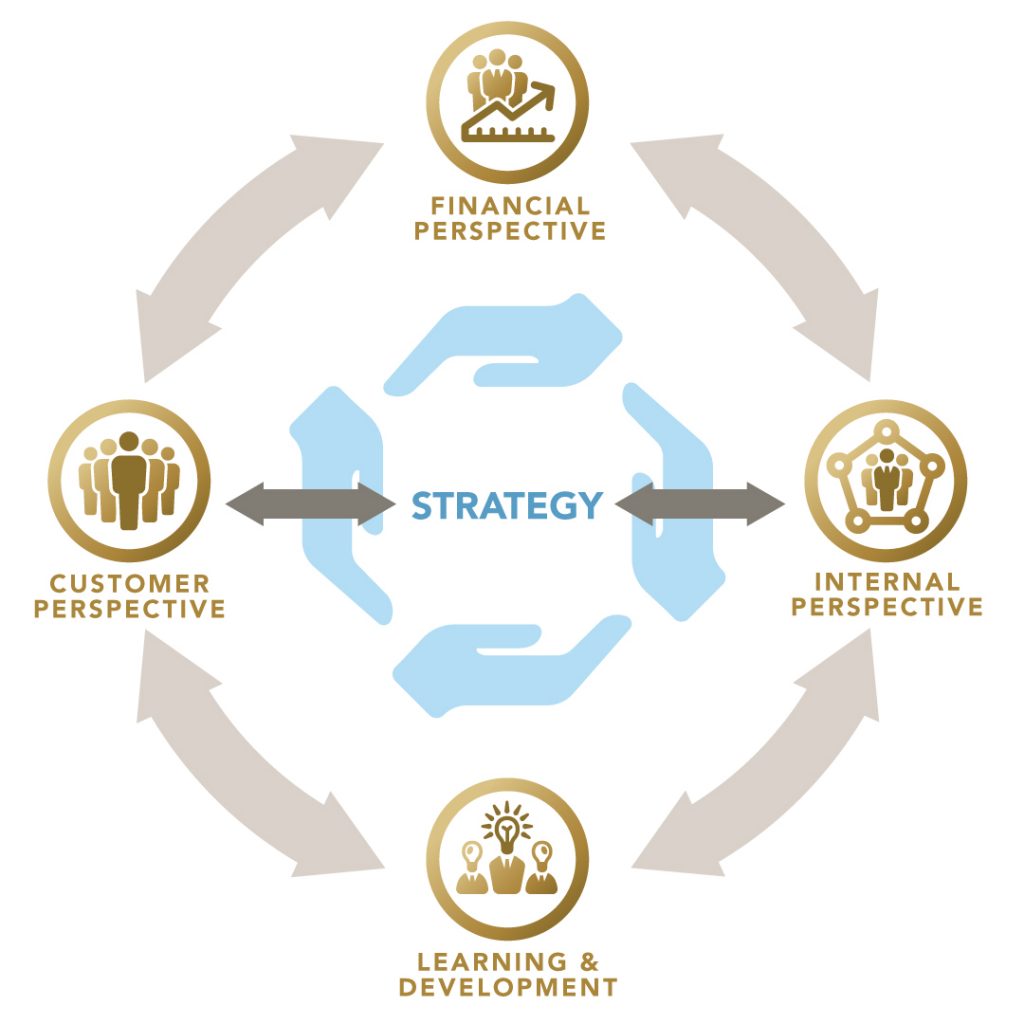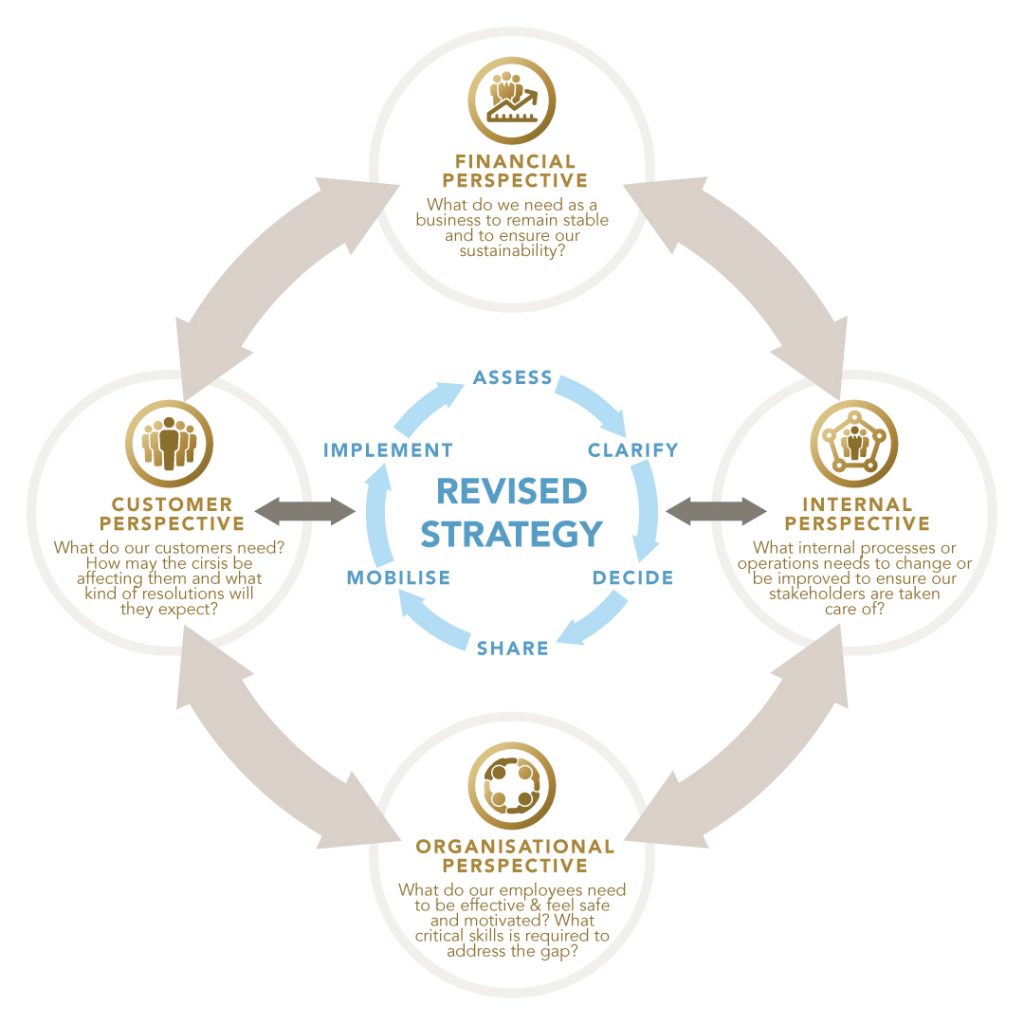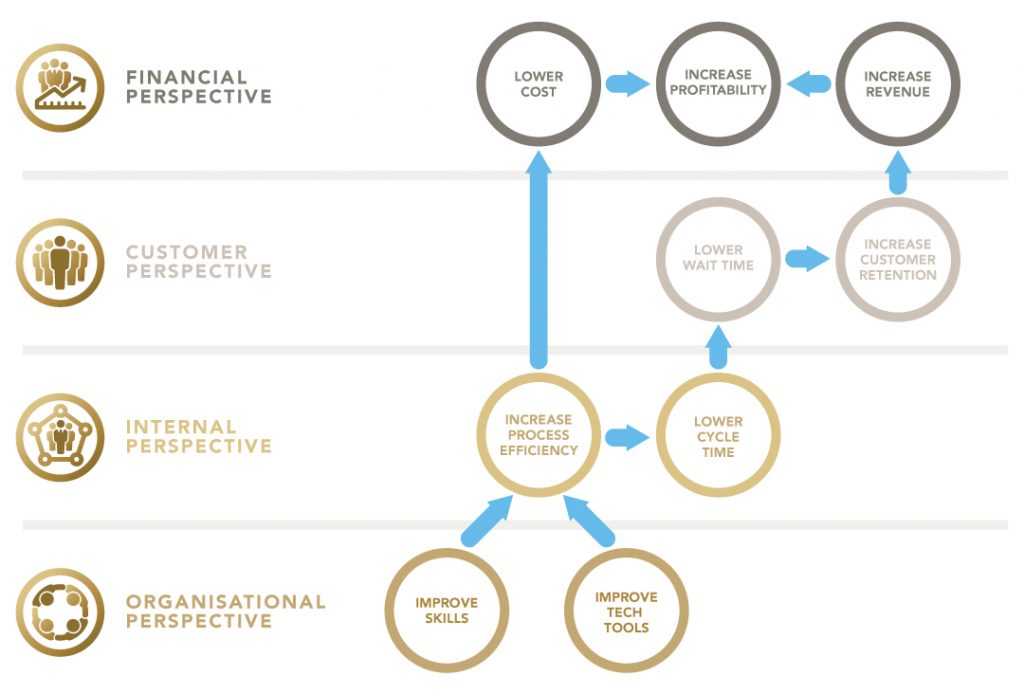Written by Michelle Badenhorst at Map & Key, 20 April 2020

I recently had a chat with a friend of mine in the United Kingdom about the Covid-19 pandemic and she is of the opinion that things will only return to normal in the UK after about six months. She based her observation on experience from previous involvements with government projects. This led me to really think hard and long about the impact that this pandemic could have on the world and the economy, and what can be done to alleviate some of the impact.
Many organisations are still struggling to deal with and compute the impact of Covid-19, on both businesses and individuals. Most organisations immediately went into solution mode in overdrive, trying to deal with emerging and potential challenges, while others seem to bury their heads in the sand. It seems like there is a resistance in many organisations to systematically assess the situation and to determine the full impact of the pandemic on the business, before going into solution design.
Organisations should apply the following principles when establishing the impact of the crisis on their business:
- Challenge your basic assumptions and be willing to adapt
- Move quickly and be ready to change
- Trust and belief in the process
- Do your own research to evaluate the impact and get a better understanding of the context
- Embrace uncertainty and adopt a more agile mindset
- Speed up your action/learning cycle by quickly reviewing and adapting
- Focus more on outcomes and goals and less on tools and systems
There are many factors contributing to this behaviour and might not be as irrational as one would think. Just one contributing factor is that many organisations don’t have the means or resources to quickly and effectively assess the impact of the pandemic on their organisation. There are however many tools and methodologies that organisations can use to help them assess the impact with great success. One such tool is the Balanced Scorecard (BSC).
The Balanced Scorecard is a strategy management tool used by many organisations to:
- Frame conversations in a disciplined way
- Define and share what they are trying to accomplish
- Ensure everyone’s day-to-day actions is aligned to the strategy
- Revisit and adapt their original assumptions
- Identify what needs to change and how we have to adapt
- Identify and prioritise projects and/or initiatives to address the gaps
- Evaluate the progress made
The idea came from looking at additional measures to the traditional financial measures, in order to get a more “balanced” view of the organisation’s performance across all organisational functions. It became an holistic management system because it gave the organisation a means to connect the dots between various strategic components. At its core, it’s a business performance management tool.
The BSC offers four different perspectives that allow organisations to define, measure and manage causal relationships. The ‘balance’ is as a result of focusing on both financial and non-financial objectives that are attributed to the four areas of an organisation.
Four Perspectives or dimensions of the Balanced Scorecard:
- Financial Perspective: evaluates the organisation’s financial performance and use of financial resources.
- Customer Perspective: evaluates organisational performance from the perspective of the customer whom the organisation is designed to serve.
- Internal Perspective: evaluates the quality and efficiency of an organisation’s performance related to their product, services, or other key business processes.
- Organisational Perspective (or Learning and Growth): evaluates human capital, infrastructure, technology, culture, and other capacities that are key to breakthrough performance.
SLIGHTLY REVISED BSC MODEL:

Organisations can use this revised Balanced Scorecard model to:
- Perform a comprehensive, systematic impact assessment
- Craft their strategic themes & results
- Identify potential solutions and creating a strategy map
- Prioritise what’s most important and how to get to work
START BY:
1. Revisit your original strategy. Our world has been turned upside down and inside out. Your company strategy will likely need an update and it should be reviewed and refined in collaboration, even though this might seem impossible at first.
Here it’s also important that you revisit your previous assumptions because strategies are mainly based on assumptions. Ask yourself which existing strategies are wrong and will need to change or be adjusted as a result of the crisis. Identify what needs to change at a high level, relative to your existing strategy, vision and mission.
For example:
- Customer/consumer behaviour changes
- Do people spend money during the crisis?
- Can our customers gather in person?
- Will people’s market desires change?
- Can we deliver services face-to-face?
- Will our supply chain remain uninterrupted?
- Will our supply chain still continue?
- Can your customers/stakeholders gather in person? Or travel?
2. Assess the impact on your business for each of the four perspectives and identify possible gaps and/or improvement opportunities.
- Financial Perspective: What do we need as a business to remain stable and to ensure our sustainability?
- Internal Perspective: What internal processes or operations need to change or be improved to ensure our stakeholders have all been taken into consideration?
- Organisational Perspective (or Growth and Learning): What do our employees need to be effective and feel safe and motivated? What critical skills are required to address the gap?
- Customer Perspective: What are our customers’ needs? How may the crisis be affecting them and what kind of resolutions will they expect? Also consider any changes in your customer segments.
Spend some time identifying different scenarios using the Scenario Analysis tool. It will help you to quickly and effectively identify any uncertainties and unpredictability, and explore possible future outcomes. It will help you to successfully identify factors affecting you during the crisis.
3. Clarify the challenge at hand and ensure everyone is aligned. State the challenge and objective(s) in one to three clear, concise sentences. Here it might help if you identify Strategic Themes; the main focus areas of the organisation used to focus staff effort. Also consider specifying your Strategy Result, the outcome you are looking to achieve.
| Strategic Theme BUSINESS CONTINUITY | Strategic Theme ONLINE CUSTOMER SERVICE |
| Strategic Result All employees and other stakeholders have the technology infrastructure and critical support to productively deliver a consistent level of quality service from home | Strategic Result Our clients can enage with our products and services through a diverse set of online offerings. |
4. Decide quickly and prioritise actions. Identify what action to take by mapping initiatives across the four dimensions of the Balanced Scorecard in a Strategic Initiative Map.

Take quick decisive actions that will directly address and resolve the challenge at hand. Ensure project sponsors and decision makers are readily available to make fast, affective decisions. Use an easy prioritisation tool to help you identify items with the most value and biggest impact.
5. Share all information. Respond quickly, efficiently and effectively in a premeditated way. Ensure you tell it ALL, tell it FAST and tell the TRUTH. Admit the real or actual states of affairs.
6. Mobilise your work-from-home team. There are six crucial elements to making remote working work.
- Keep your organisation and remote teams safe
- Clearly express about what is required – what, when and who
- Understand your remove team dynamics – everyone works differently
- Leverage digital and remote working platforms
- Set your remote team culture and behaviour to ensure continuous collaboration and connection
- Check in with teams frequently – emails and messages are not enough
- Above all, ensure your employees feel valued and valuable during this time of crisis.
7. Implement your new solution or improvement initiative.
Crises provide a unique opportunity to refocus your energy and ideas. Rethinking your strategy so that it is more agile, faster and less complex will be essential for the kinds of changes we can anticipate happening as we navigate our way through this shared adversity.




